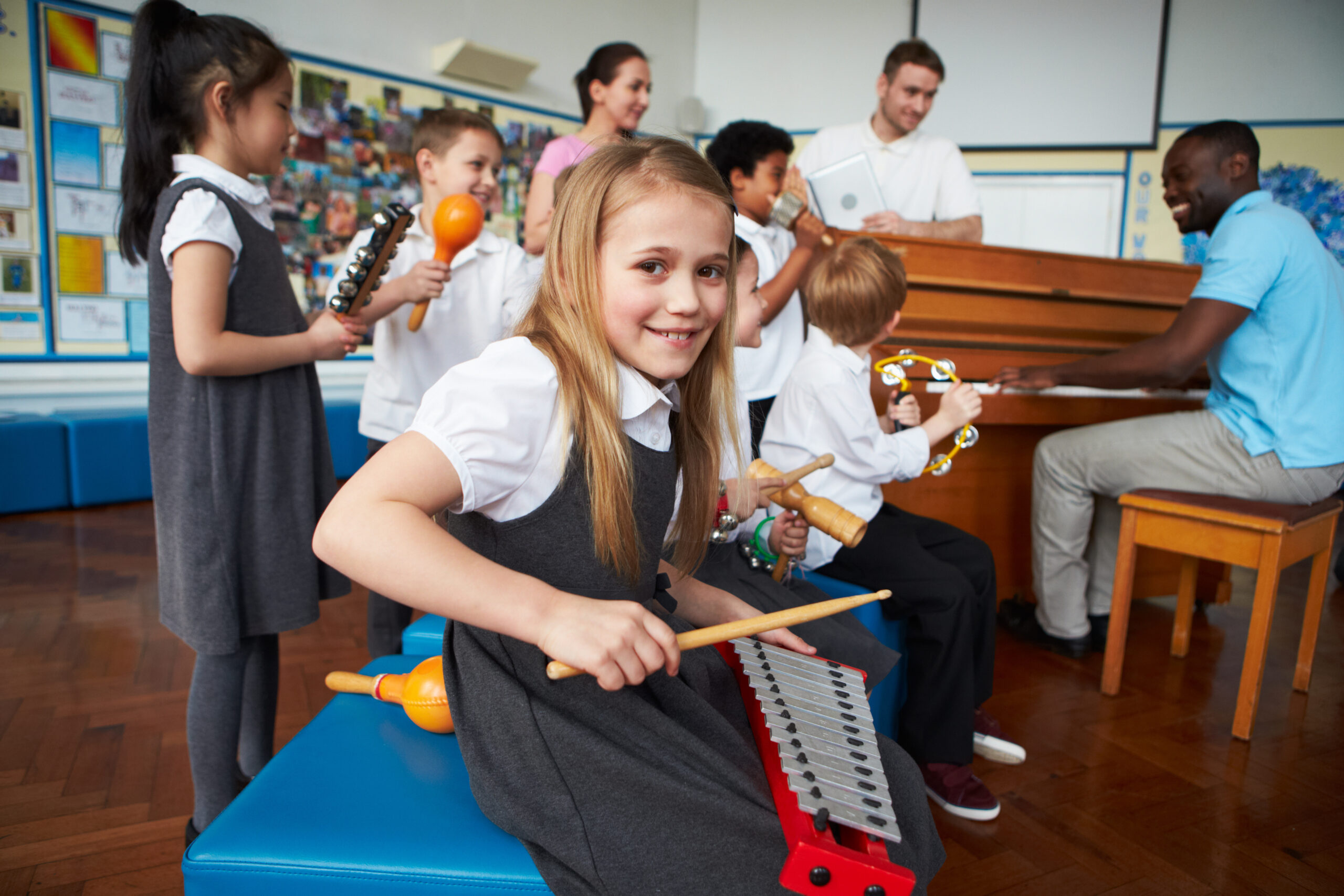
Acquiring any (real) skill invariable involves repetition or performing repetitive tasks. This also applies to music education when developing musical skills, especially within the more traditional schemes of hard mastery and deliberate practice, where repetition requires effort, time, enduring pain and possible disappointment while at the same time running the risk of eroding motivation. Gamedesign has been proven to be very successful incorporating repetitive tasks in games. In the world of gameplay this is referred to as grinding, or more figuratively as treadmilling.
Motivation and repetition
A players’ desire to reach a next (or even the highest possible) level often motivates grinding. Alternatively, players might enjoy performing repetitive tasks as a way of relaxing, especially if the task has a persistent positive result. Players may also grind simply to become better at the game, gaining experience and leveling up. At the same time, the incentive to engage in repetitious tasks within games is also more embedded in the (sometime mysterious) attraction of (unnecessary, yet challenging) obstacles; the videos of people engaging in play with the ‘Delite-o-matic’ machine provide a telling example of this attraction. The succes at which game designers have been able to keep grinding interesting to players, remains the benchmark example for repetitive tasks in music education.
Grinding in music education
In gaming, if a player experiences all of a level’s interesting content before reaching the next objective, but is not skilled enough to proceed to a next level, grinding may be the only available (gameplay) option. For musicians or music students this is often an obstacle that is necessary to overcome in order to proceed to the next level. For example, this next level could be a song or a specific composition that requires ‘next level’ skills. As far as autonomous musical skills are concerned, these might involve difficult harmonic keys that the student is unfamiliar with, extending the tonal range, extending the dynamic range, improving stamina (needed for longer pieces), complex rhythms, and so forth.
Within ludodidactics the challenge is to find ways to incentivise students outside the more traditional approach of hard mastery. Clues to solving this puzzle may be found in the use of the MDA-model, role-play (epistemic frames), goal substitution and the addition of (unnecessary) obstacles. In this sense the traditional approach towards things like practising scales, improving motor skills and muscle functions, can be enriched with new ways to get students to engage in practise disguised as play.





